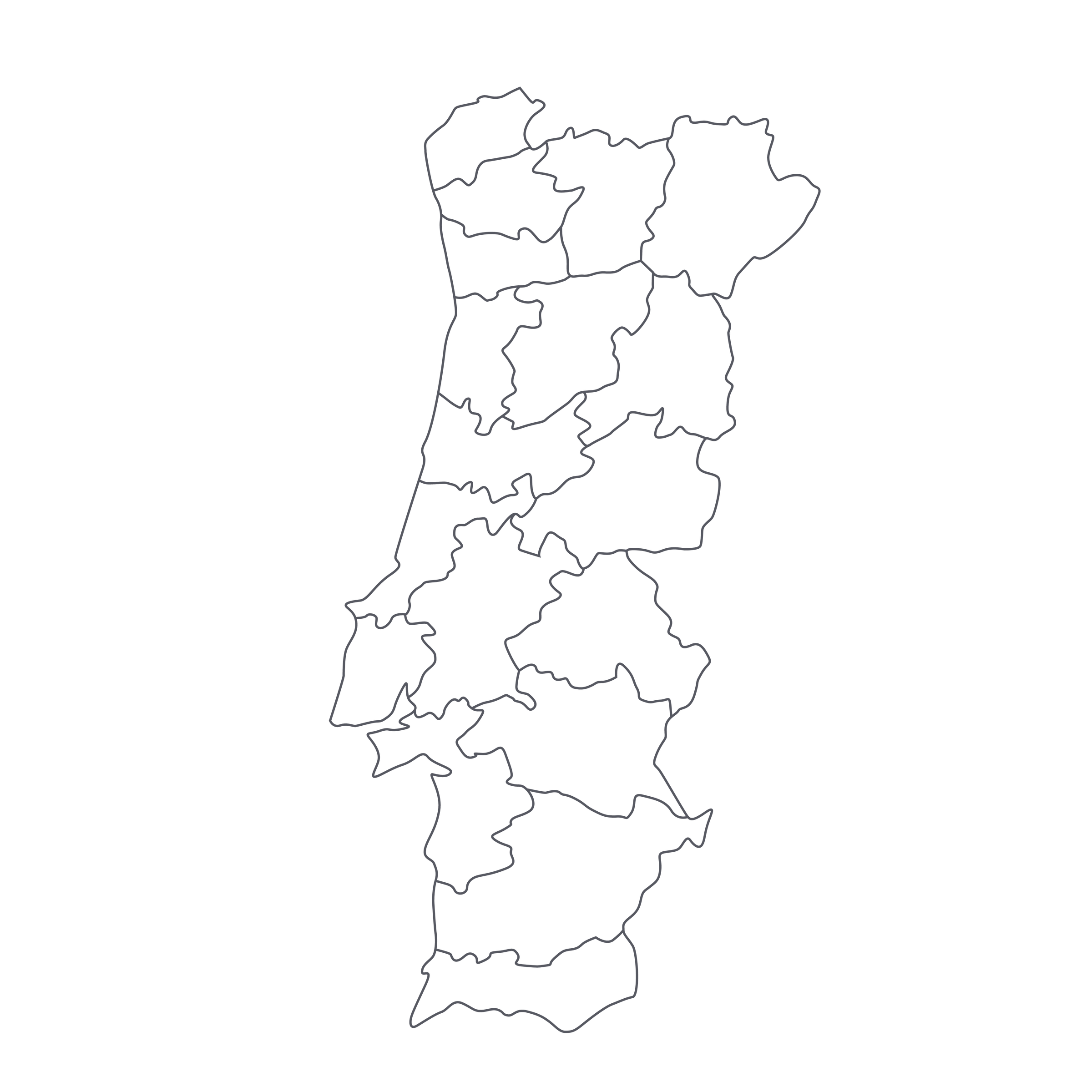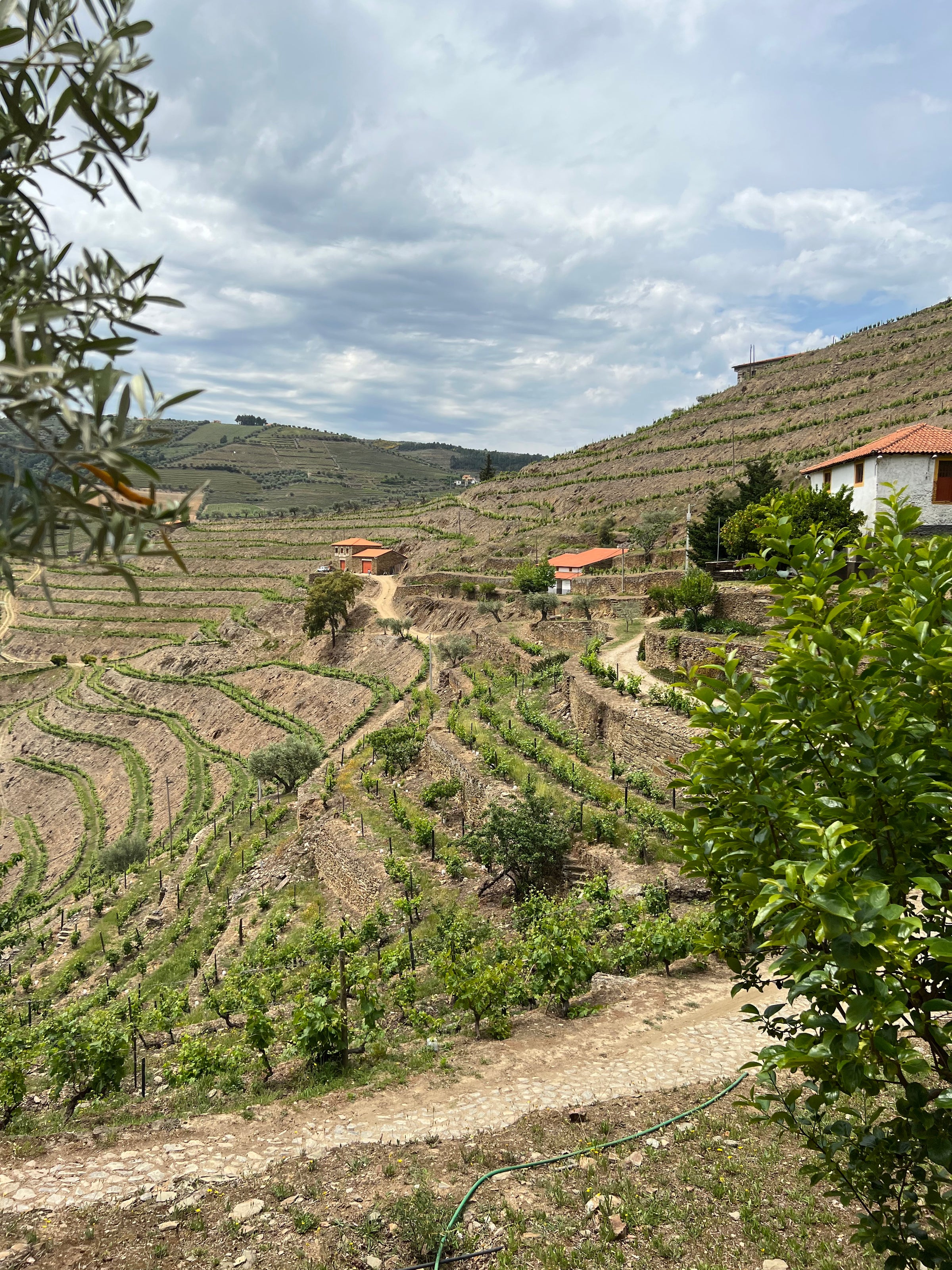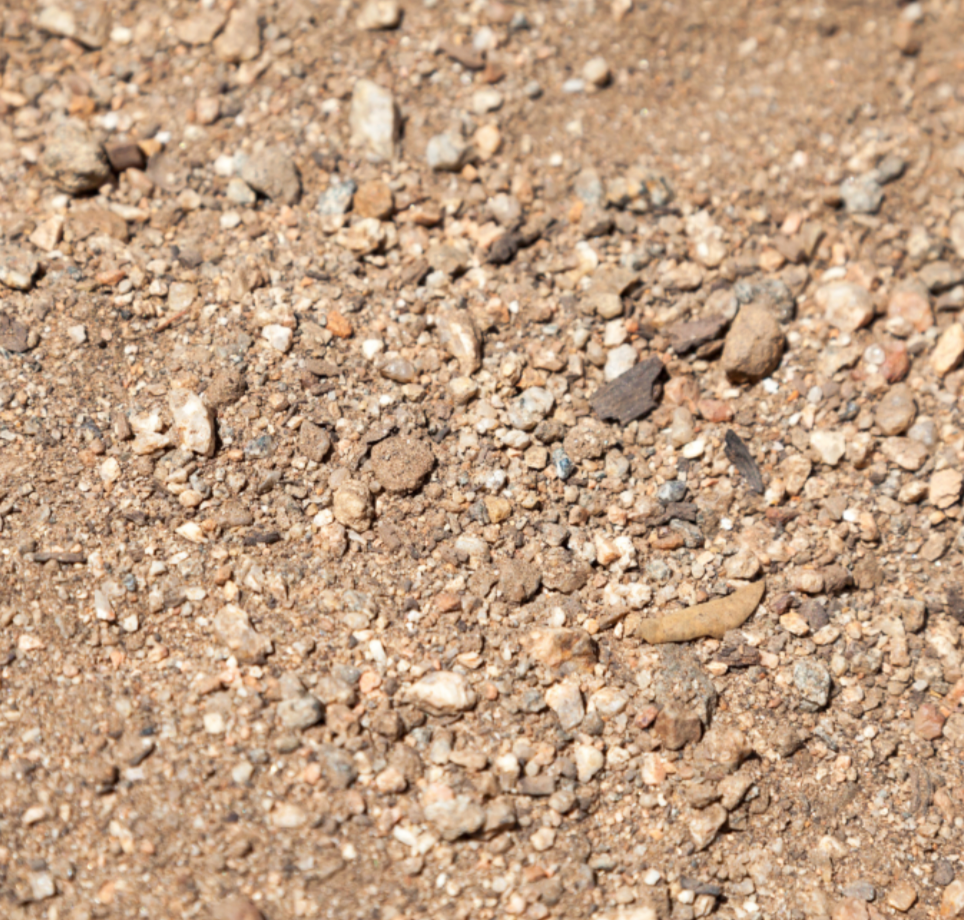Every time we offer a Portuguese wine on SommSelect, I’m transported back to my younger years working in a Douro port house for a few dollars an hour. The rolling hillsides and stubborn soils made for some grueling times, but when work was interspersed with refreshing Vinho Verde, we all were at ease by day’s end.
There are essentially two styles: low-alcohol, no-concentration-needed quaffers versus dry, structured wines with strong mineral presence similar to the top wines of the Rías Baixas. I can make a case for both styles, but when it comes to the latter—a fun wine that simultaneously wears a business suit—that’s what holds my attention. While I often say you’ll regret buying only one bottle, in this case one becomes three. At this low price this 2016 Vinho Verde should be bought by the dozen—whether it’s for social hour, any seafood pairing, or your go-to relaxation bottle; there are so many occasions for it.
Ports, powerful reds, and Madeira are all very much buzzed-about in the Portuguese wine world, but now I’m here to state a case for the energizing whites of Vinho Verde. As you drive northward in Portugal, temperatures drop and rainfall rises, but it is here where the best grapes for Vinho Verde are grown. Top examples will rely heavily on the fresh and mineral-driven Alvarinho (familiarly known as Albariño in Spain), typically planted on verdant riverbanks and valleys along the Minho River. This wine hails from the Vinho Verde subzone of Monção e Melgaço, which straddles both sides of the river and abuts the border of Spain’s Rías Baixas—the most hallowed of Albariño ground.
The delimited region of Vinho Verde occupies the northwestern-most corner of Portugal, but the DOC itself is quite large, making quality unpredictable. And just like consumers branded Riesling as cloyingly sweet, Vinho Verde also struggled with an identity crisis as many assumed it (and still do) to be thin and forgettable. However, Adega de Monção is part of a generation of committed winemakers focused on superior ripeness and class. They are stationed in the most northern subzone of Vinho Verde, Monção e Melgaço, which became—and has remained—the ultimate breeding ground for pure, quality-driven wines. Simply put: If you want the best, this is the place to be.
Adega de Monção was founded as a cooperative nearly 60 years ago by a dedicated group of 25 growers. For this bottling, grapes were sourced solely from the aforementioned zone of Monção e Melgaço. The majority of the wine is Alvarinho, with a small blending portion of a native varietal called Trajadura, known for its steeliness. After harvesting, grapes were pressed and allowed to settle for 24 hours. After a cool fermentation, done so to preserve delicate aromatics, the wine rested in stainless steel vats until it was lightly filtered and bottled.
In the glass, the wine pours a pale, straw-yellow with green reflections glinting off the rim. This classy expression of Vinho Verde becomes apparent on the nose which bursts with salt-preserved lemon, lime blossom, green peach, watermelon rind and sea spray, which is all backed by a steely minerality. On the palate, the wine is medium-bodied with refined freshness and a surprising concentration. It continues showing its seriousness with flavors of lemon verbena, peach pit, green apple, salty earth, and a zing of acidity. This is a wine for immediate enjoyment, although it will keep over the next 1-3 years. I recommend serving at 50 degrees in all-purpose white stems after a quick flash decant. Continuing on with my love for Portugal, I can think of no better pairing than traditional Bacalao (salted cod). I’ve attached two recipes—the second isn’t for the faint of heart, as it takes days of preparation. For those that are up to the task, my hat is off to you. Enjoy!





